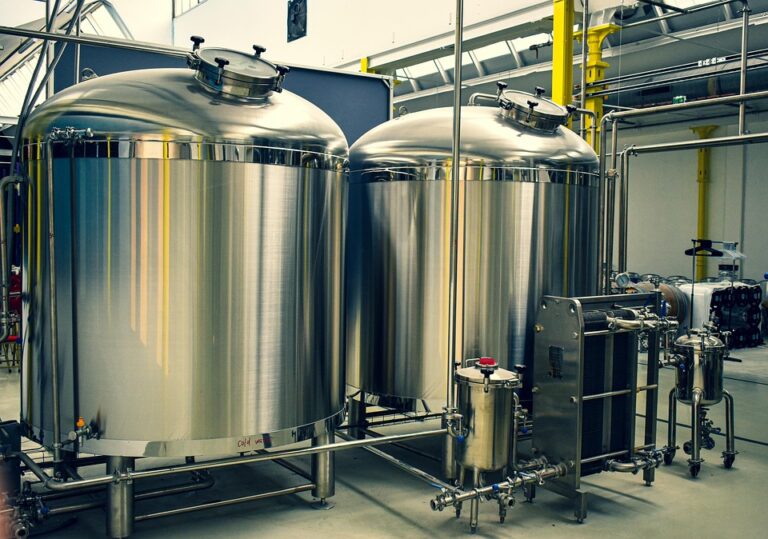Unlocking Nature’s Magic: The Science and Art of Fermentation
Introduction
Fermentation is one of nature’s oldest and most transformative processes, serving as a bridge between food preservation and culinary creativity. As a natural biochemical reaction, fermentation not only enhances flavors but also contributes to a variety of health benefits. This article explores the fascinating world of fermentation, blending the scientific intricacies with artistic applications that captivate both home cooks and food artisans.
What is Fermentation?
Fermentation is a metabolic process that converts sugars to acids, gases, or alcohol using microorganisms such as yeast and bacteria. This natural process has been utilized for thousands of years across various cultures to preserve food and create new flavors. From the tangy taste of sourdough bread to the bubbly effervescence of kombucha, the magic of fermentation is truly remarkable.
The Science Behind Fermentation
How It Works
-
Microorganisms: Yeast and bacteria play pivotal roles in fermentation, each contributing unique characteristics to the final product. For instance, yeast is integral to brewing beer and baking bread, while lactic acid bacteria are celebrated for their role in fermenting yogurt and sauerkraut.
- Reaction Process: During fermentation, these microorganisms metabolize sugars and release byproducts such as carbon dioxide and alcohol. These byproducts create the distinct flavors and textures of fermented foods.
Importance and Benefits
Fermentation is celebrated not only for its ability to preserve food but also for its health benefits. According to a 2022 study published in the Journal of Nutritional Science, foods rich in probiotics, which are a byproduct of fermentation, can enhance gut health and improve digestion. Moreover, fermented foods are known to:
- Increase bioavailability of nutrients.
- Promote immune system health.
- Offer potential mental health benefits through gut-brain communication.
Examples of Fermentation in Everyday Life
Common Fermented Foods
Fermentation is present in numerous foods that are staples in diets worldwide. Here are a few examples:
- Yogurt: Created through the fermentation of milk by beneficial bacteria, yogurt is rich in probiotics.
- Sauerkraut: Shredded cabbage fermented with lactic acid bacteria, sauerkraut is a tangy, flavorful side dish.
- Kefir: Similar to yogurt but thinner, kefir is a fermented milk drink full of vitamins and probiotics.
The Sourdough Bread Analogy
To simplify, we can think of fermentation as the alchemy of cooking. Just as a skilled chef blends ingredients to create a delightful dish, fermentation combines the right microorganisms with food to transform it from plain to extraordinary. For instance, a simple mixture of flour and water undergoes fermentation to become sourdough, where wild yeast and bacteria create pockets of air, enhancing its taste and texture.
Current Trends in Fermentation
The culinary world has recently seen a resurgence in the appreciation for fermented foods, shifting consumer preferences toward health-conscious choices. Statistically, the global market for fermented foods is projected to reach $700 billion by 2029, driven by the rising demand for probiotic-rich products. Furthermore, social media platforms are buzzing with DIY fermentation tutorials, making it more accessible than ever for home cooks to explore this ancient art form.
The Art of Fermentation
While the science of fermentation is important, the art aspect cannot be ignored. Fermentation allows chefs and home cooks to express creativity through flavors, textures, and culinary experiences. Here are a few artistic applications:
- Vegetable Fermentation: Creating unique flavors by experimenting with different vegetables, spices, and fermentation times.
- Solution Customization: Adjusting salt content and acidity to produce personalized tastes and textures.
- Creative Pairings: Combining fermented foods with various cuisines to enhance dishes innovatively.
Safety and Best Practices
While fermentation can be enjoyable and rewarding, it’s essential to follow food safety guidelines. Here are some tips to ensure your fermentation journey is both safe and successful:
- Cleanliness: Ensure all equipment is sterilized to avoid unwanted microbial contamination.
- Monitoring: Pay attention to temperature and fermentation times for desired results.
- Taste Testing: Regularly taste your ferment to learn its progression and achieve your preferred flavor.
Conclusion
Unlocking the magic of fermentation opens new culinary dimensions, blending science with art in an ancient process still relevant today. With its wealth of benefits and potential for creativity, fermentation shines in modern cooking culture. As you embark on your fermentation journey, consider exploring the numerous possibilities this age-old technique offers.
For more insights, check out The Benefits of Probiotics and Fermenting Basics for Beginners. To delve deeper into the science behind food, explore "Understanding Nutritional Science” on PubMed.
Disclaimer: Buzzo.live is not compensated for the content within this article. The information provided does not constitute professional advice, and readers should consult personalized sources or professionals for specific needs or circumstances. Buzzo.live assumes no liability for any actions taken based on the information provided here.


